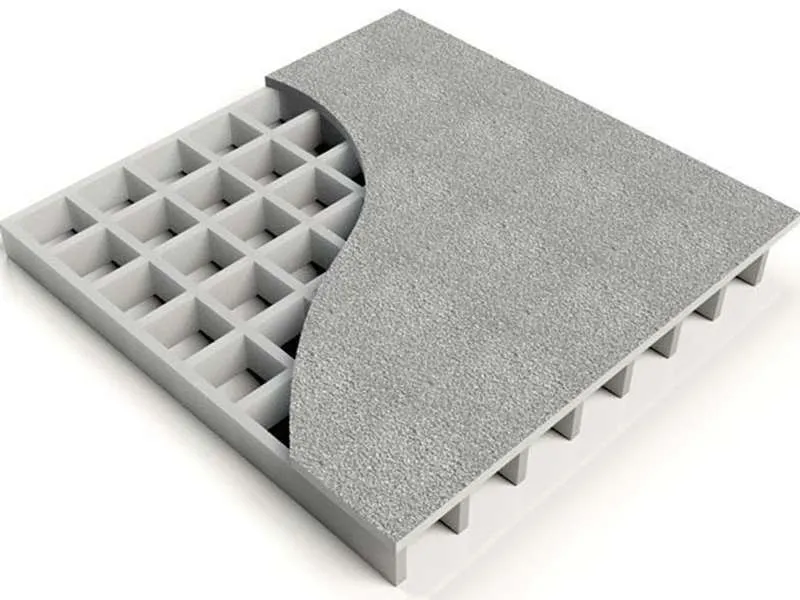
-
 Afrikaans
Afrikaans -
 Albanian
Albanian -
 Amharic
Amharic -
 Arabic
Arabic -
 Armenian
Armenian -
 Azerbaijani
Azerbaijani -
 Basque
Basque -
 Belarusian
Belarusian -
 Bengali
Bengali -
 Bosnian
Bosnian -
 Bulgarian
Bulgarian -
 Catalan
Catalan -
 Cebuano
Cebuano -
 China
China -
 China (Taiwan)
China (Taiwan) -
 Corsican
Corsican -
 Croatian
Croatian -
 Czech
Czech -
 Danish
Danish -
 Dutch
Dutch -
 English
English -
 Esperanto
Esperanto -
 Estonian
Estonian -
 Finnish
Finnish -
 French
French -
 Frisian
Frisian -
 Galician
Galician -
 Georgian
Georgian -
 German
German -
 Greek
Greek -
 Gujarati
Gujarati -
 Haitian Creole
Haitian Creole -
 hausa
hausa -
 hawaiian
hawaiian -
 Hebrew
Hebrew -
 Hindi
Hindi -
 Miao
Miao -
 Hungarian
Hungarian -
 Icelandic
Icelandic -
 igbo
igbo -
 Indonesian
Indonesian -
 irish
irish -
 Italian
Italian -
 Japanese
Japanese -
 Javanese
Javanese -
 Kannada
Kannada -
 kazakh
kazakh -
 Khmer
Khmer -
 Rwandese
Rwandese -
 Korean
Korean -
 Kurdish
Kurdish -
 Kyrgyz
Kyrgyz -
 Lao
Lao -
 Latin
Latin -
 Latvian
Latvian -
 Lithuanian
Lithuanian -
 Luxembourgish
Luxembourgish -
 Macedonian
Macedonian -
 Malgashi
Malgashi -
 Malay
Malay -
 Malayalam
Malayalam -
 Maltese
Maltese -
 Maori
Maori -
 Marathi
Marathi -
 Mongolian
Mongolian -
 Myanmar
Myanmar -
 Nepali
Nepali -
 Norwegian
Norwegian -
 Norwegian
Norwegian -
 Occitan
Occitan -
 Pashto
Pashto -
 Persian
Persian -
 Polish
Polish -
 Portuguese
Portuguese -
 Punjabi
Punjabi -
 Romanian
Romanian -
 Russian
Russian -
 Samoan
Samoan -
 Scottish Gaelic
Scottish Gaelic -
 Serbian
Serbian -
 Sesotho
Sesotho -
 Shona
Shona -
 Sindhi
Sindhi -
 Sinhala
Sinhala -
 Slovak
Slovak -
 Slovenian
Slovenian -
 Somali
Somali -
 Spanish
Spanish -
 Sundanese
Sundanese -
 Swahili
Swahili -
 Swedish
Swedish -
 Tagalog
Tagalog -
 Tajik
Tajik -
 Tamil
Tamil -
 Tatar
Tatar -
 Telugu
Telugu -
 Thai
Thai -
 Turkish
Turkish -
 Turkmen
Turkmen -
 Ukrainian
Ukrainian -
 Urdu
Urdu -
 Uighur
Uighur -
 Uzbek
Uzbek -
 Vietnamese
Vietnamese -
 Welsh
Welsh -
 Bantu
Bantu -
 Yiddish
Yiddish -
 Yoruba
Yoruba -
 Zulu
Zulu
FRP Pipe and Fittings Solutions for Reliable and Efficient Construction Projects
The Versatility and Benefits of FRP Pipes and Fittings
Fiber Reinforced Polymer (FRP) pipes and fittings represent a cutting-edge solution in various industries, offering a unique combination of strength, durability, and corrosion resistance. The growing demand for lightweight yet robust materials has positioned FRP as an ideal alternative to traditional metal and plastic piping systems. This article delves into the characteristics, advantages, applications, and future prospects of FRP pipes and fittings.
Understanding FRP Pipes and Fittings
FRP is a composite material that combines a polymer matrix with fibers, typically glass or carbon. This construction process enhances the mechanical properties of the material, making it significantly stronger and lighter than conventional materials like steel or concrete. FRP pipes are manufactured through various processes, including filament winding, hand layup, and pultrusion, allowing for a range of shapes and sizes tailored to specific applications.
FRP fittings, such as elbows, tees, and flanges, are designed to complement the pipes, ensuring a seamless and efficient installation process. These fittings maintain the same properties as the pipes themselves, providing uniform performance across the entire system.
Advantages of FRP Pipes and Fittings
1. Corrosion Resistance One of the primary benefits of FRP is its exceptional resistance to corrosive substances. This characteristic makes it particularly suitable for industries dealing with chemicals, wastewater, and aggressive environments. Unlike metal pipes, which can deteriorate rapidly, FRP maintains its structural integrity over time.
2. Lightweight FRP pipes are significantly lighter than traditional metal pipes. This lightweight nature not only facilitates easier handling and transportation but also reduces the load on structures and foundations, making them ideal for installation in various settings, including remote or confined spaces.
3. High Strength-to-Weight Ratio The strength of FRP materials enables them to withstand high pressures while remaining lightweight. This property is particularly beneficial in applications where pressure containment is critical, such as in oil and gas operations or high-rise building drainage systems.
frp pipes and fittings

4. Thermal Insulation FRP has excellent thermal insulating properties, reducing energy loss and enhancing system efficiency. This insulation capability is especially advantageous in heat-sensitive applications and helps avoid condensation issues.
5. Low Maintenance Costs The durability and resistance of FRP to environmental factors lead to lower maintenance and replacement costs over the lifespan of the material. This long-term cost-effectiveness is a significant advantage for industries aiming to improve their bottom line.
Applications of FRP Pipes and Fittings
FRP pipes and fittings are utilized in various sectors, including
- Chemical Processing They are ideal for transporting acids, alkalis, and other corrosive fluids due to their chemical resistance. - Water and Wastewater Management FRP materials are commonly used in sewage treatment plants and water distribution systems because of their durability and resistance to biological corrosion. - Construction In the construction industry, FRP pipes are increasingly used for drainage systems and as conduits for electrical lines. - Oil and Gas The oil and gas sector utilizes FRP for transporting hydrocarbons due to its lightweight nature and resistance to corrosive elements.
Future Prospects
As industries increasingly focus on sustainability and reducing environmental impact, the demand for FRP pipes and fittings is expected to rise. Innovations in manufacturing techniques and the development of advanced composite materials will likely enhance the performance characteristics of FRP products. Furthermore, the integration of smart technologies, such as sensors and monitoring systems, could pave the way for more intelligent and responsive fluid management systems.
Conclusion
In conclusion, FRP pipes and fittings offer a range of benefits that make them a superior choice for many applications. Their outstanding resistance to corrosion, lightweight nature, high strength, and low maintenance requirements position them as a vital component in modern infrastructure and industrial operations. As technology advances and industries evolve, the role of FRP materials will undoubtedly continue to expand, driving innovation and efficiency in fluid transport systems worldwide.









